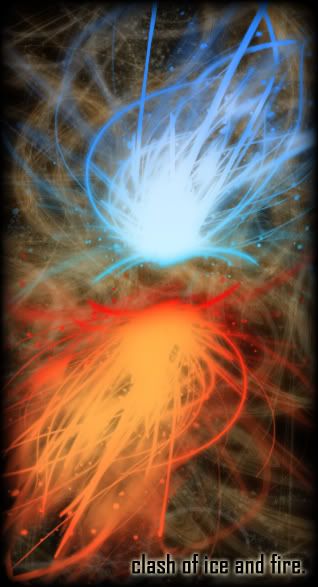
Saturday, February 9, 2008
08:50 — Three bombs on the London Underground exploded within fifty seconds of each other:
The first bomb exploded on an eastbound Circle Line sub-surface Underground train, number 204, travelling between Liverpool Street and Aldgate. The train had left King's Cross St. Pancras about eight minutes earlier. At the time of the explosion, the third carriage of the train was approximately 100 yards (90 m) down the tunnel from Liverpool Street. The parallel track of the Hammersmith and City Line from Liverpool Street to Aldgate East was also damaged.
The second bomb exploded on the second carriage of a westbound Circle Line sub-surface Underground train, number 216. The train had just left platform 4 at Edgware Road and was heading for Paddington. The train had left King's Cross St. Pancras about eight minutes earlier. There were several other trains nearby at the time of the explosion. An eastbound Circle Line train (arriving at platform 3 at Edgware Road from Paddington) was passing next to the train and was damaged, along with a wall that later collapsed. There were two other trains at Edgware Road: an unidentified train on platform 2, and an eastbound Hammersmith & City Line train that had just arrived at platform 1.
The third bomb exploded on a southbound Piccadilly Line deep-level Underground train, number 311, travelling between King's Cross St. Pancras and Russell Square. The bomb exploded about one minute after the train left King's Cross, by which time it had travelled about 500 yards (450 m). The explosion took place at the rear of the first carriage of the train, causing severe damage to the rear of that carriage, as well as the front of the second one. The surrounding tunnel also sustained damage.
It was originally thought that there had been six, rather than three, explosions on the Underground. The bus bombing brought the reported total to seven; however, this error was corrected later that day. This was because the blasts occurred on trains that were between stations, causing the wounded to emerge from both stations, giving the impression that there was an incident at each station. Police also revised the timings of the tube blasts: initial reports had indicated that they occurred over a period of almost half an hour. This was due to initial confusion at London Underground, where the explosions were initially thought to be due to a power surge. One initial report, in the minutes after the explosions, involved a person under a train, while another concerned a derailment (both of which did actually occur, but only as a result of the explosions). A Code Amber Alert was declared at 09:19, and London Underground began to shut down the network, bringing trains into stations and suspending all services. The effects of the bombs are thought to have varied due to the differing characteristics of the tunnels.
The Circle Line is a "cut and cover" sub-surface tunnel, about 7 m (21 ft) deep. Because the tunnel contains two parallel tracks, it is relatively wide. The two explosions on this line were probably able to vent their force into the tunnel, reducing their destructive force.
The Piccadilly Line is a deep tunnel, up to 30 m (100 ft) underground, with narrow (3.5 m, or 11 ft) single-track tubes and just 15 cm (6 in) clearances. This narrow space reflected the blast force, concentrating its effect.
fire and ice clashed at [4:49 PM]